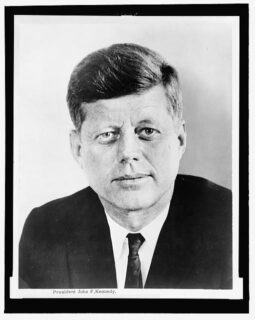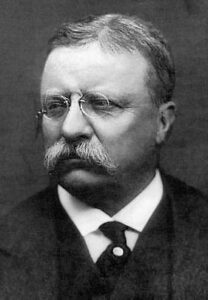
Kennedy Establishes the Peace Corps
On March 1 in 1961, President Kennedy established the Peace Corps. The idea for a volunteer force of young people sent to work in developing nations around the world, teaching skills that would promote development, had been proposed several times in Congress during the 1950s but had never gained the traction to pass. Kennedy made the proposal a part of his fall 1960 election campaign, after getting an enthusiastic reception to the idea at an impromptu speech at the University of Michigan. Arriving on campus in the early hours of October 14, 1960, he found a large crowd of students waiting for him to speak, and asked:
“How many of you, who are going to be doctors, are willing to spend your days in Ghana? Technicians or engineers, how many of you are willing to work in the Foreign Service and spend your lives traveling around the world?”
With letters from students pouring into his campaign, Kennedy developed the idea into a foreign policy proposal that would counter Soviet efforts to win the developing world for communism, in a speech at Cow Palace in San Francisco, November 2, 1960. When he referred to this plan in his inaugural address, he downplayed the security motive, pledging himself to a loftier goal:
Let every nation know, whether it wishes us well or ill, that we shall pay any price, bear any burden, meet any hardship, support any friend, oppose any foe, to assure the survival and the success of liberty. This much we pledge—and more. . . . To those peoples in the huts and villages of half the globe struggling to break the bonds of mass misery, we pledge our best efforts to help them help themselves, for whatever period is required, not because the Communists may be doing it, not because we seek their votes, but because it is right. If a free society cannot help the many who are poor, it cannot save the few who are rich.


